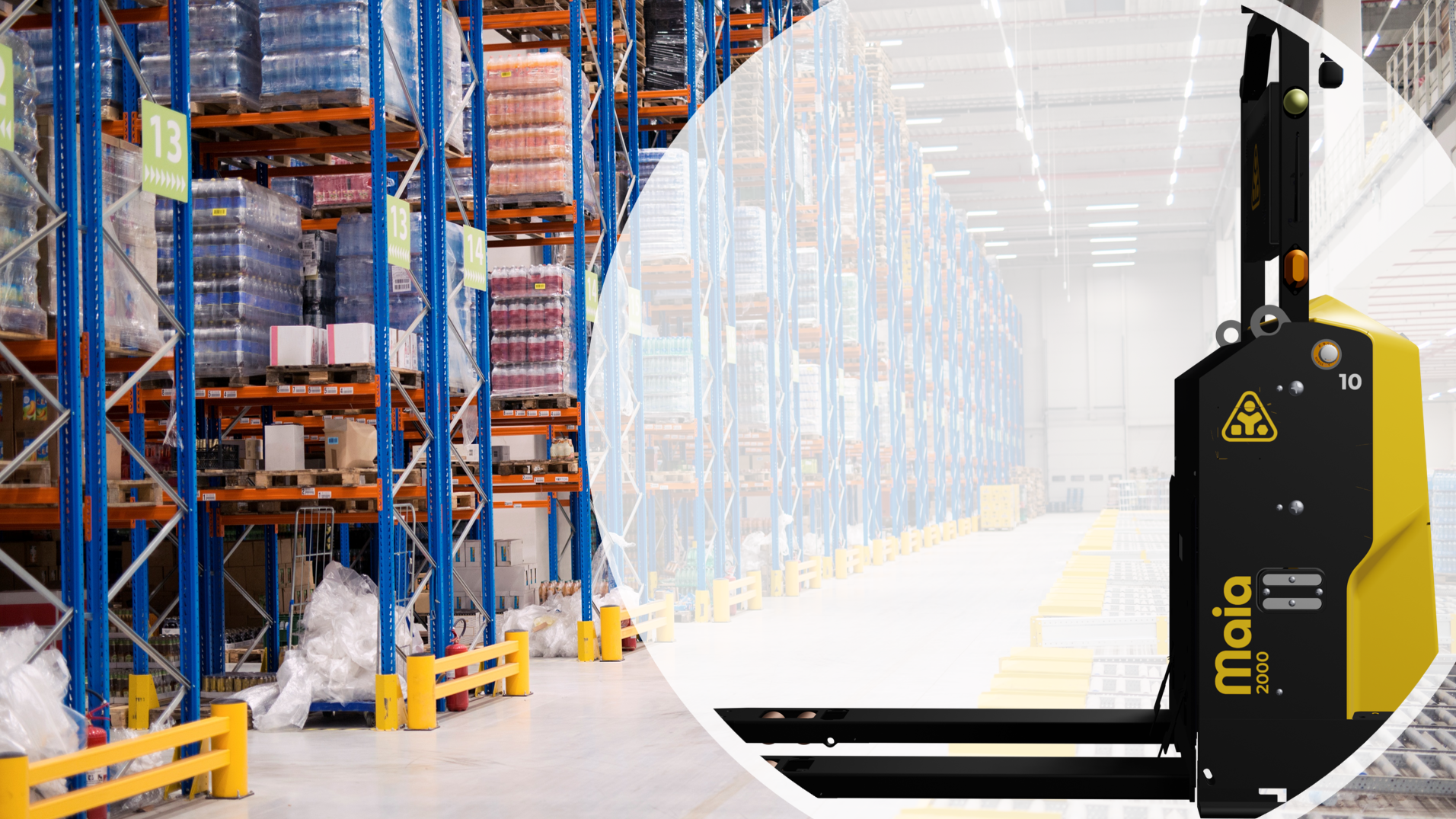Everyone loves a good pilot.
A few robots. A clean section of the floor. A handful of motivated operators. A couple of weeks of “let’s see what this can do.”
Then… what?
For most large enterprises, the real challenge isn’t testing automation, it’s scaling it. The stakes change dramatically when you go from three robots in a corner to thirty robots running your first-mile ops across three shifts.
At Humro, we’ve seen this play out repeatedly in real-world deployments across India and the U.S. And we’ve learned what separates successful scale from stalled experiments.
Here’s what actually matters when you're trying to move from pilot to full production.

Most pilot programs are set up to impress: new robot models, flashy dashboards, and choreographed demos. But real deployment requires substance, not spectacle.
What we’ve seen work: Start with a process that’s repetitive, high-volume, and underserved by labor. First-mile pallet movements. Bin storage and retrieval. Cross-dock transfers. That’s where autonomy delivers immediate, measurable impact.
What stalls scale: Overengineering for edge cases or testing robots in scenarios that were never operational bottlenecks in the first place.
Here’s a hard truth: most warehouse robot deployments fail at the handoff stage. Between IT teams, software vendors, and automation providers, even a minor disconnect can create major downtime.
Humro’s approach: We build for operational independence. Our robots don’t require deep WMS integration to function. They run on local intelligence, onboard AI, and sensor-driven mapping. You don’t have to redesign your tech stack—we adapt to it.
Result: Deployments go live in weeks, not quarters. And maintenance is built into the service, not your headcount.
Scaling automation isn’t just a technical upgrade, it’s a behavioral shift. Operators need to trust the systems. Supervisors need visibility. And floor managers need control without complexity.
What works: Bring the warehouse team in during the pilot itself. Let them define success. Let them challenge the assumptions. Let them see that the robot isn’t replacing them, it’s offloading the dull, risky, and repetitive stuff.
The payoff: When it’s time to scale, you have buy-in from the people who’ll keep the system running, not resistance.
Most pilot environments are tightly controlled. Real warehouses aren’t. Forklifts go off course. Aisles get blocked. Inventory locations shift. Peak seasons throw everything out of rhythm.
Why Humro systems scale: Our robots aren’t locked into static routes. They’re built for dynamic navigation, dodging obstacles, rerouting intelligently, and adapting in real-time. Whether it’s holiday surges or last-minute reconfigurations, the system flexes without breaking.
The lesson: Don’t scale a brittle system. Scale one that was born in chaos.
Traditional automation demands big capex and long-term lock-in. That’s a non-starter for most businesses trying to prove value fast.
Humro’s model is different: We deliver automation as a service. No upfront robot purchase. No IT integration fees. No maintenance worries. Just pay-per-use pricing with SLAs that reflect operational outcomes.
What that enables:
Pilots are about proving that automation can work. Scaling is about proving that it can keep working, every hour, every shift, every process.
At Humro, we don’t stop at proof-of-concept. We stay for the rollout, the retraining, the optimization, and the long haul. Because our job isn’t to drop in robots, it’s to deliver autonomy that works where it matters most.
If your pilot succeeded but your rollout stalled, let’s fix that.
